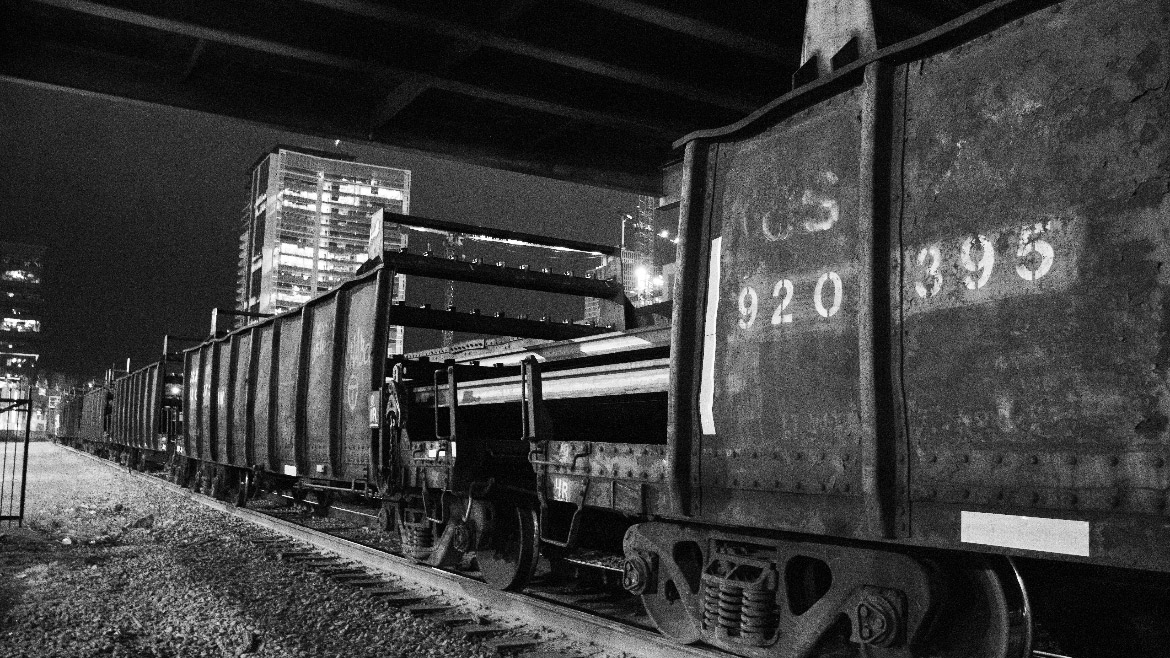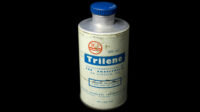Why regular railcar cleaning is necessary
To ensure the safety of the goods being transported and railcars, they must be regularly cleaned and maintained. Here's some tips from VLS Environmental Solutions.

Photo by Brice Cooper on Unsplash
The United States freight network is one of the largest in the world, consisting of almost 140,000 route miles. It is used to transport various goods and materials for nearly every industry, from mining to fast-moving consumer goods and agriculture. Every year, about 1.7 billion tons of goods are moved across the U.S. by the freight system.
Railcars are used multiple times to carry different types of goods. One railcar can transport food, electrical equipment, or scrap metal. To ensure the safety of the goods being transported and railcars, they must be regularly cleaned and maintained. Railcar cleaning and inspections ensure they are safe and can help prevent accidents and cross-contamination between goods.
What Is Railcar Cleaning?
Railcar cleaning is the process of inspecting and cleaning railcars to ensure they are safe for use. The railway network in the United States is a vital part of the economy. Railcars transport various essential goods across the U.S., including food, coal, scrap metal, waste materials, sand, and agricultural goods.
During transport, loading, and unloading, residual amounts of the goods may be left behind on the railcar, making the railcar dirty. Leaving behind waste can be dangerous and unsafe when the next load is added to the railcar. Properly cleaning these railcars ensures no waste is left behind, which can keep the next load safe and prevent cross-contamination.
Cleaning also includes railcar inspections to identify the best way to clean the car and highlight any broken, damaged, or dangerous components that may need attention. Every part of a railcar should be inspected and cleaned, including the wheels, doors, floors, and walls.
Railcars are cleaned in various ways depending on what was transported in the carriage. Cleaning can include using specialized chemicals for different types of waste, steaming, scrubbing, and disinfecting. Some railcar cleaning companies also provide cleaning that meets specific religious cleanliness requirements for kosher and halal products.
Why Is Railcar Cleaning Important?
Keeping railcars clean is important for a few reasons. Here are some of the reasons why railcar cleaning is essential:
- Aids regulatory compliance: Cleanliness can help rail companies comply with regulations for railcars from the Federal Railroad Administration (FRA) and the Association of America Railroads (AAR). Routine cleaning and inspection of railcars ensure that they meet these organizations’ specific operations standards.
- Improves health and safety: The most critical aspect of cleaning railcars is health and safety. Properly cleaning railcars prevents cross-contamination between goods, especially when transporting food items. U.S. railroads haul roughly 1.6 million carloads of food a year. They also carry the same amount of agricultural goods, such as grain, annually. Railcars must be cleaned before and after transporting these goods to avoid contamination and other health issues. Clean railcars are also safer as some materials may leave behind residue that may negatively affect or react with the materials in the next load.
- Extends equipment life span: Inspections are a vital element of railcar cleaning. These inspections help guide teams on how to clean the railcar. They can also highlight any worn, missing, or damaged components that need to be repaired or replaced, which can help extend the life span of the equipment. Additionally, dirt and residue buildup can impact a railcar’s operation, leading to shipping delays.
- Enhances equipment availability: Clean railcars are available for use as needed. A regular cleaning schedule can ensure companies have sufficient railcars available for shipping, especially for unscheduled or emergency loads. Having railcars readily available can streamline shipping and help avoid unnecessary delays
How Are Railcars Cleaned?
How railcars are cleaned depends on a few factors, including what kind of railcar it is and the type of goods transported in the railcar. However, all cleanings include inspections. While different railcar types — such as tank cars, hoppers, pressure cars, box cars, and flat cars — have varying components that need to be checked, inspections are essential before and after cleaning a railcar.
Railcar inspections allow cleaners to know what needs to be cleaned and how to clean it. Inspections should occur before and after a railcar is cleaned.
Here are some of the things inspections cover before cleaning:
- Locating and identifying any spills
- Removing debris such as trash, packaging, and nails
- Identifying areas that may require additional cleaning
- Loosening any hardened products if possible and safe to do so
- Opening, closing, and securing doors or moving parts to ensure they don’t impact the cleaning process
- Looking for obvious damage, missing parts, or other wear and tear and taking note of it before cleaning
- Once the initial inspection is complete, cleaning teams gather the required railcar cleaning equipment and create a cleaning plan. There are multiple ways to clean a railcar. Some of the common methods include the following:
- Abrasive blasting and hydroblasting: Both methods use high pressure to remove tough materials such as resins, sludge waste, and hardened polymers. They are strong enough to remove these hard-to-clean materials without damaging the surfaces underneath. Blasting is well-suited for hard-to-reach areas.
- Pressure washing: Hot or cold water pressure washing is well-suited for railcars transporting easy-to-clean materials. Pressure washing is best used along with other cleaning methods as it typically provides a superficial clean, especially with oily and greasy materials.
- Chemical purging: Chemicals such as nitrogen can remove contaminants and residue from containers and piping. It is well-suited to closed railcars and containers where vapors may present a danger to cleaning technicians.
- Steaming: Heated steam can help emulsify certain materials and allow them to be easily drained or removed from a railcar. It can also force out any fumes in a container without a cleaning technician entering the railcar.
- Religious cleaning: Many products must be transported in specific ways to meet particular religious requirements. Steaming, heating and other methods ensure railcars are ready to transport kosher or halal goods correctly.
Once cleaning is complete, a final inspection ensures the railcar has been cleaned properly. After the inspection, cleaning technicians create a report noting any damaged, missing, loose, or worn parts that may need to be replaced or repaired.
The rail industry plays a significant role in the U.S. economy. The railcars that transport essential goods must meet specific standards and requirements. VLS Environmental Solutions has a team of extensively trained cleaning technicians who follow our well-defined cleaning processes to provide high-quality cleaning services. The VLS Environmental Solutions team can also perform railcar repairs, maintenance, and tank car qualifications to ensure your railcars are safe and compliant.
Contact them online today to learn more, or call at 877-861-8588.



.jpg?height=200&t=1668452996&width=200)